This is a free fortnightly newsletter about the New Zealand Net.
If you would like to be notified by email when a new edition is published, please contact ZL1NZ.
Browse our Newsletter Archive and List of Net Tips.
Featured key
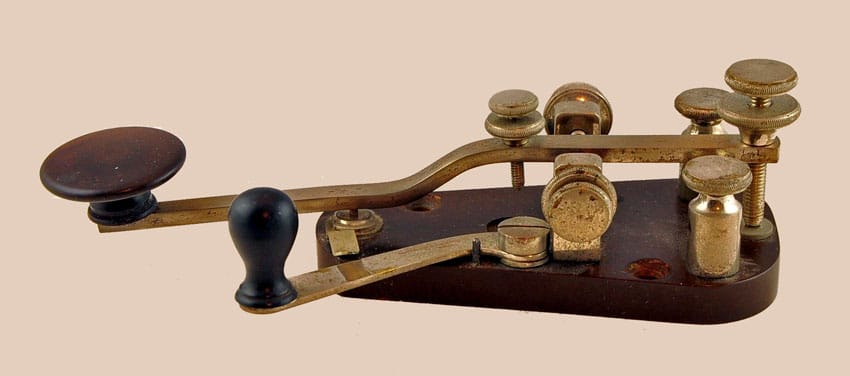
Photo: Doug Palmer in the Facebook Group ‘CW Bugs, Keys & Paddles’
“Here’s a cool little key from the mid-1880s, the Acme Steel-Lever Key made by Partrick & Carter of Philadelphia. I don’t think they were very popular, as I believe there are only a few in collections. Hard rubber base and nickel-plated hardware.”
– Rob Zenith, CW Bugs, Keys & Paddles (Facebook)
* If you have an interesting key for this feature, please send a nice clear photo and a few words describing it.
Quick notes
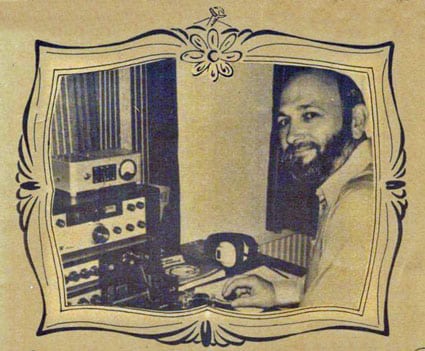 Tony Smith G4FAI has become a Silent Key, aged 91. Tony (FISTS Nr 29) was a leading figure in the preservation of Morse Code. He was one of the founders of the magazine Morsum Magnificat, and became the first editor of its English edition. He was a prolific contributor to several radio publications including Practical Wireless (he wrote about the early days of Morse in the Dec 2023 edition).
Tony Smith G4FAI has become a Silent Key, aged 91. Tony (FISTS Nr 29) was a leading figure in the preservation of Morse Code. He was one of the founders of the magazine Morsum Magnificat, and became the first editor of its English edition. He was a prolific contributor to several radio publications including Practical Wireless (he wrote about the early days of Morse in the Dec 2023 edition).
Pictured: G4FAI on the cover of Morsum Magnificat Nr 1 in 1986
Morse public demonstration. The Franklin Amateur Radio Club (NZART Branch 10) ran another of their Morse demonstrations during Christmas on the Green at the Pukekohe rugby stadium on Saturday 2 December. Peter ZL1PX helped visitors to the event to send their name in Morse Code on 40m from a portable station, while Paul ZL1AJY and Neil ZL1NZ answered the calls and sent each person’s name back to them.
Who has the best fist? Thanks to all the NZ Netters who participated in Straight Key Night on 3 December. If you did, please send me your nomination for the best fist you heard, no later than midnight Sunday so that we can honour the operator with a certificate. Thanks!
Bob ZL1AYN wins the Best Ears Award for noticing the Morse sending error in the previous edition of NZ Net News. Did anyone else catch it?
Photo flashback
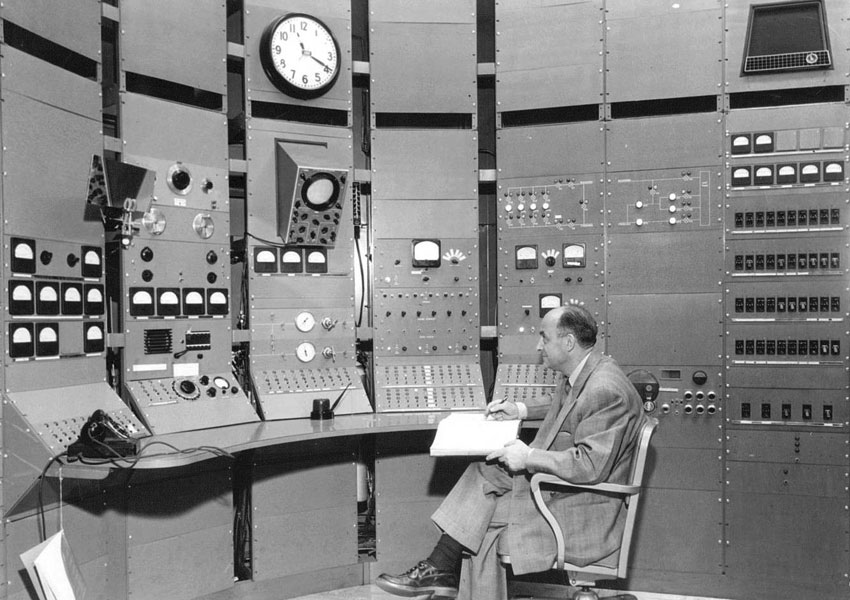
I’ve always loved the Hallicrafters SX-42 receiver and its “Darth Vader” reproducer (loudspeaker), so I suppose that’s why this photo immediately caught my attention.
But can you identify the man seated at the console? (He’s famous.)
Net numbers

NR78 R ZL1NZ 51/48 AUCKLAND 0800Z 1DEC23 = NZ NET = NOVEMBER QNI VK3DRQ 15 VK4PN 7 ZL1AJY 2 ZL1ANY 17 ZL1AYN 16 ZL1AZ 1 ZL1GQ 1 ZL1NZ 22 ZL1PX 17 ZL2GD 11 ZL2GVA 19 ZL2KE 19 ZL2LN 3 ZL2TE 15 ZL3ABX 2 ZL3RX 1 ZL3TK 1 ZL4BDG 16 ZL4FZ 5 ZL4GW 7 ZL4KX 9 TOTAL 206 QTC 50 = ZL1NZ
Splicing coaxial cable
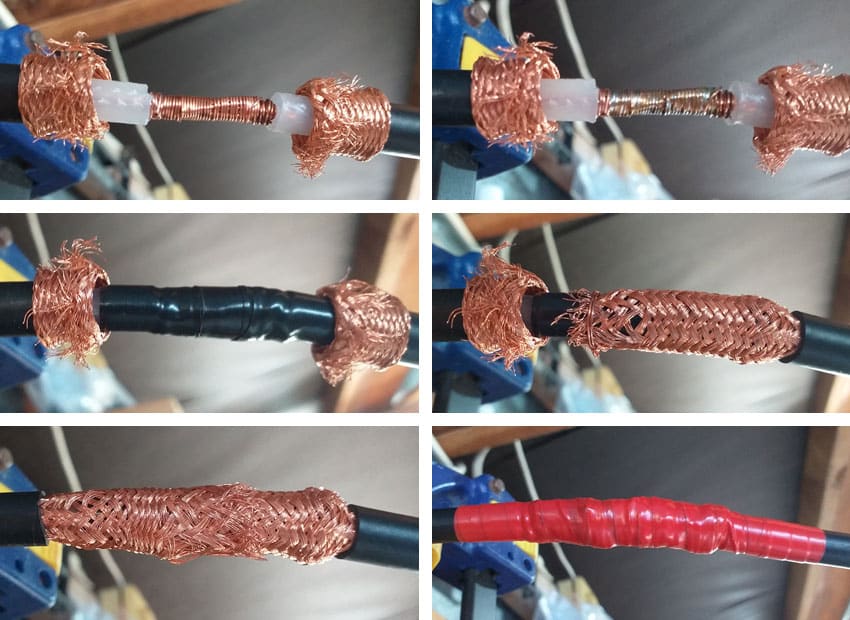
By Neil ZL1NZ
After much delay. the coax feeding my HF yagi is repaired. This is the RG213 cable that was punctured by an inattentive roofer back in September (see NZ Net News 115) when a new roof was being put on the ham shack.
While I was musing about how I was going to repair the cable using PL-259 connectors (which I have always found difficult to solder), Paul ZL1AJY recommended that I splice the cable, and described how he has done it.
This sounded really appealing, as the splice would require only two connections (centre conductor and shield) each with massive contact area. Using PL-259s with a barrel connector between them, on the other hand, would have meant eight connections (or eight possible points of failure!).
The job was quick and easy. About 25mm of stranded centre conductor was stripped from each piece and the wires fanned slightly. The two pieces were pushed together so that there was lots of contact and then the whole length was bound tightly with fine wire.
Paul suggested that it was not necessary to solder the centre conductor after binding the two pieces together, but I did so anyway, just for extra peace of mind. Then I wrapped it with many turns of tape to build it up to approximately the same diameter as the dielectric.
After the two layers of braid were overlapped, I bound them with fine wire (just like the centre conductor) but unfortunately that photo didn’t turn out. I did not solder the braid, out of fear of melting the dielectric, but I’m quite confident the connection is good, given the huge contact area.
I was fortunate that the splice is under the roof, so waterproofing was not a requirement although I did try to seal it up well.
Thanks Paul, for a great solution!
Morse challenge
In the following dispatch from our NZ Net Sports Reporter, please find the answer to this question: “When did the runner return?”
Please send your answer to ZL1NZ via radiogram or email.
Answer to previous Morse Challenge
The “radio operator” in the Photo Flashback was Brigitte Bardot, as she appeared in the film Babette Goes To War.
Correct answers were received from G4ETQ, VK3DRQ, ZL1ANY, ZL2GVA, ZL4GW.
Video
Net tips: How to dit dit
At the close of the NZ Net, each station sends a couple of dits (and sometimes a bit more, such as 73 or GN). Sometimes this goes smoothly, but often there’s an awkward pause, as if no one wants to be the first to go.
There’s quite a simple way to make the net closing flow better:
Stations leave the net in the same order in which they joined.
So if you were the first to check in, then jump right in at the end and be the first to send your dits. Then the second station, and so on. (NCS does not respond to each station.)
Sure, if you were the 11th station to check in, it could be hard to keep track at departure time, but that’s not really a problem because there will be little risk of doubling when there are only a few stations left.
There is (naturally) an exception to this procedure. Sometimes, one or more stations are asked to stay on frequency for traffic while others are excused. So the stations that are leaving send their dits, skipping the stations that are staying. For example, if you were the 3rd station to check in, but you hear that the two stations ahead of you are remaining on the net for traffic, then you should jump in as the first to dit-dit when net control excuses all stations not needed for traffic.
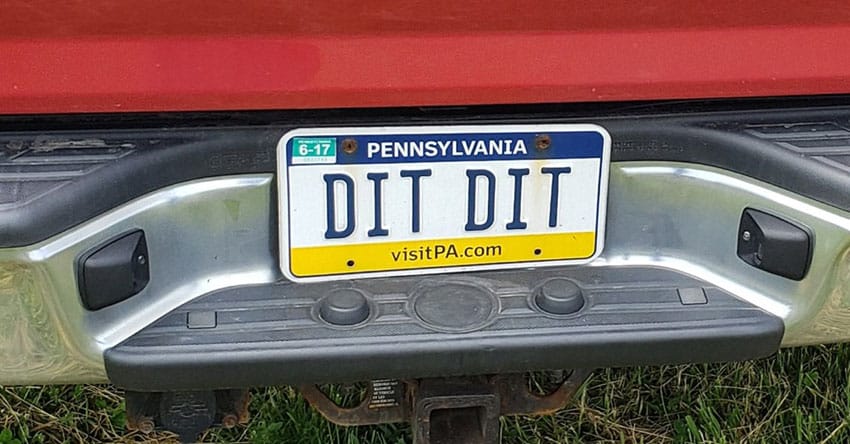
Advertising archive
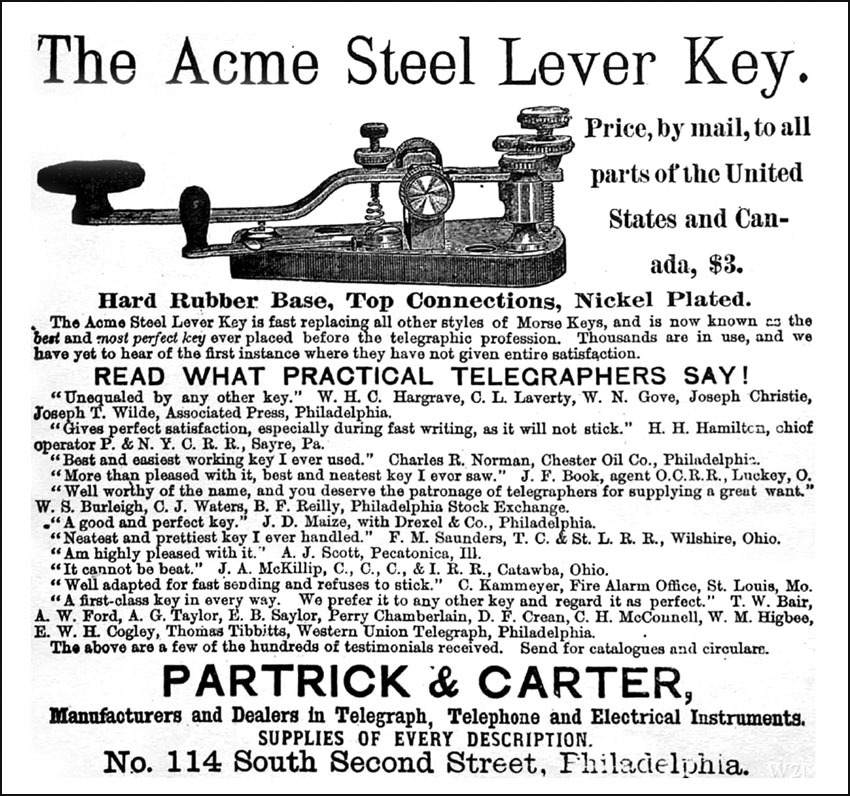
Suggestions?
If you have suggestions on how to make the NZ Net better, or things you’d like to see covered in these updates, please contact ZL1NZ. You might even like to write something for the newsletter.
Thanks for reading, and I hope to hear you soon on the NZ Net!
—
Neil Sanderson ZL1NZ, Net Manager
New Zealand Net (NZ NET)
3535.0 kHz at 9pm NZT Mon-Fri


